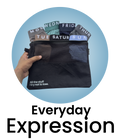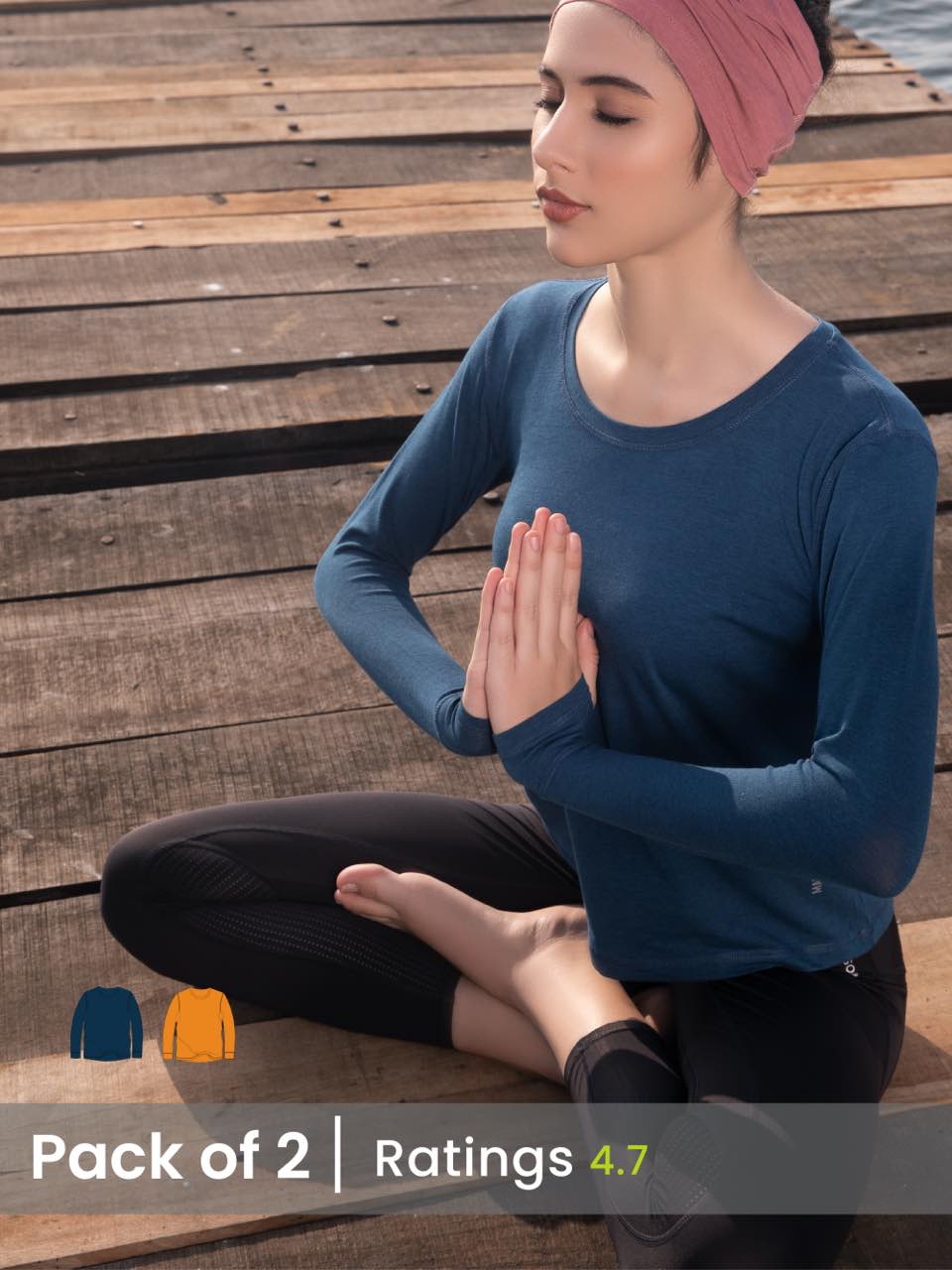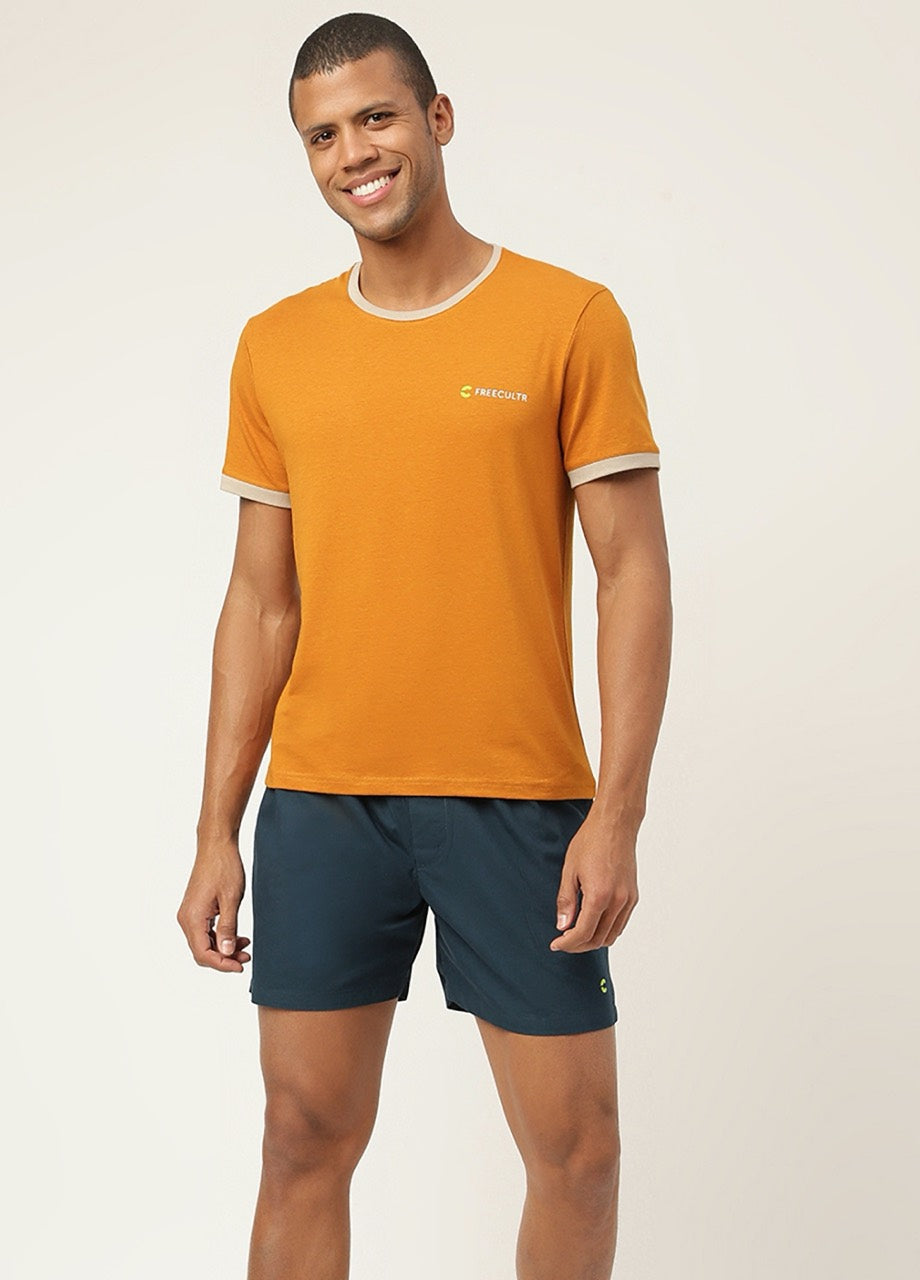The contemporary landscape of women's fashion continually redefines itself through the enduring appeal and transformative power of the dress for women. Far more than mere garments, today's dresses embody innovative design and practical versatility, evident in the widespread adoption of fluid slip dresses for trans-seasonal layering or the structured elegance of tailored midi dresses now dominating corporate aesthetics. Recent developments emphasize sustainable fabric innovations and inclusive sizing, ensuring every silhouette—from the timeless A-line to the modern cut-out design—offers both unparalleled comfort and a universally flattering fit. This evolution positions the dress as a dynamic expression of individual style, effortlessly adapting to diverse occasions and personal statements with sophisticated ease.

The Enduring Allure of the Dress for Women
In the vast landscape of women's fashion, few garments hold the enduring appeal and versatile power of the dress. From ancient drapes to modern silhouettes, the dress for women has consistently evolved, adapting to changing societal norms, technological advancements. individual expressions of style. It remains a foundational piece in almost every woman's wardrobe, cherished for its ability to convey elegance, comfort. confidence in a single garment.
Historically, the dress has been a primary form of female attire across cultures, signifying status, occasion. personal identity. Today, its relevance is perhaps stronger than ever, embodying ease of styling while offering a complete, polished look. The inherent simplicity of a single garment that requires minimal pairing makes a dress for women an invaluable asset, whether you're navigating a busy workday, attending a special event, or simply enjoying a casual outing. Its versatility allows for effortless transitions from day to night, casual to formal, making it a true workhorse in contemporary fashion.
Decoding Dress Silhouettes: A Guide to Flattering Forms
Understanding different dress silhouettes is key to finding styles that not only appeal to your aesthetic but also flatter your unique body shape and personal comfort preferences. Each silhouette offers a distinct look and feel, designed to highlight certain features or provide a specific drape. Here’s a breakdown of some of the most popular silhouettes and how they work:
- A-Line: This classic silhouette is fitted at the hips and gradually widens towards the hem, resembling the letter 'A'. It's universally flattering, as it skims over the hips and thighs, creating a balanced and elegant look. The A-line dress for women is a timeless choice for both casual and formal settings.
- Shift: A straight, simple cut that hangs loosely from the shoulders, without a defined waistline. Shift dresses are known for their comfort and relaxed elegance, making them perfect for warmer weather or a chic, understated look. They are often favored for their minimalist appeal.
- Sheath: Designed to fit close to the body, typically from the neckline to the hem, emphasizing the natural waist and curves. Sheath dresses often feature darts and precise tailoring for a sleek, sophisticated profile, making them a popular choice for professional wear and cocktail parties.
- Maxi: Characterized by its floor-length or ankle-length hemline, the maxi dress is known for its comfortable, flowing style. It can range from casual jersey fabrics to elegant chiffon, making it suitable for beach vacations, summer gatherings, or even semi-formal events when styled appropriately.
- Wrap: Featuring a front closure formed by wrapping one side across the other and tying it at the waist, often with a V-neckline. The wrap dress is incredibly flattering, as it cinches the waist, creating an hourglass silhouette for many body types. It's renowned for its adjustable fit and comfortable elegance.
- Empire: This silhouette features a fitted bodice that ends just below the bust, from which the rest of the dress flows loosely to the hem. The empire waist style elongates the body and is particularly flattering for those who prefer to minimize the waist or create a graceful, flowing line.
- Fit & Flare: Also known as a 'skater dress,' this style is fitted through the bodice and waist, then flares out dramatically into a full skirt. It creates a playful, feminine. often youthful silhouette, ideal for various casual and semi-formal occasions.
- Column/Straight: A narrow, straight cut that falls from the shoulders to the hem without much shaping. This minimalist silhouette offers a long, lean line and is often seen in contemporary and evening wear, providing a sophisticated and understated elegance.
Choosing the right silhouette involves understanding your body's proportions and what makes you feel most confident. Experimentation is key; try on different styles to see how they drape, move. feel on you. The perfect dress for women is one that not only looks good but also feels like a second skin.
Fabric Fundamentals: The Heartbeat of a Comfortable Dress for Women
The fabric from which a dress is made profoundly impacts its drape, feel, durability. suitability for different occasions and climates. Understanding fabric properties is essential for making informed choices that align with your lifestyle and comfort needs. Here's a look at common fabrics and their characteristics:
- Cotton: A natural fiber, renowned for its breathability, softness. absorbency. Cotton dresses are comfortable for everyday wear and warm weather, easy to care for. come in various weaves (e. g. , poplin, denim, jersey).
- Linen: Another natural fiber, celebrated for its exceptional breathability and crisp texture. Linen dresses are perfect for hot climates, though they tend to wrinkle easily, which is often considered part of their charm.
- Silk: A luxurious natural protein fiber known for its smooth texture, beautiful drape. subtle sheen. Silk dresses are elegant and comfortable, offering excellent temperature regulation, making them suitable for both warm and cool weather.
- Rayon/Viscose: A semi-synthetic fiber made from regenerated cellulose, often mimicking the feel and drape of silk or cotton. Rayon dresses are soft, breathable. affordable. can be prone to wrinkling and may require delicate care.
- Polyester: A synthetic fiber prized for its durability, wrinkle resistance. color retention. Polyester dresses are often used in blends to add stretch and resilience, though pure polyester can sometimes lack breathability.
- Modal: A type of rayon made from beechwood pulp, known for its exceptional softness, smooth finish. resistance to shrinkage and fading. Modal dresses offer a luxurious feel and excellent drape, making them incredibly comfortable.
- Blends: Many modern dresses use fabric blends (e. g. , cotton-spandex, polyester-rayon) to combine the best properties of different fibers, such as adding stretch to cotton for better fit or enhancing the durability of silk.
While traditional fabrics offer classic appeal and established qualities, contemporary brands are continuously pushing boundaries in comfort, performance. sustainability, especially in the realm of everyday wear. For instance, Freecultr has emerged as a brand dedicated to redefining comfort and reliability in modern apparel, including their thoughtfully designed range of dresses. They often utilize advanced fabric blends engineered for superior stretch, breathability. moisture-wicking properties. This innovative approach ensures that a Freecultr dress for women isn't just stylish. also exceptionally comfortable and remarkably durable, allowing for unrestricted movement and long-lasting wear. Their focus on quality and functional design positions them as a brand that genuinely understands the need for clothing that performs as well as it looks, often standing out from more conventional or fast-fashion offerings by prioritizing the wearer's experience.
When selecting a dress, consider the fabric's suitability for the occasion, climate. your personal comfort needs. A well-chosen fabric can elevate a simple design into a wardrobe favorite.
A Dress for Every Occasion: Styling Versatility
One of the greatest strengths of the dress for women is its inherent versatility. With the right accessories and styling choices, a single dress can seamlessly transition between a multitude of occasions. Here’s how to navigate your dress choices for different settings:
-
Casual & Everyday: For daily wear, comfort is paramount. Think cotton sundresses, jersey t-shirt dresses, or relaxed linen shifts.
- Styling Tips: Pair with sneakers, sandals, or flats. Add a denim jacket or a light cardigan for cooler weather. A crossbody bag and minimalist jewelry complete the look.
-
Work & Professional: A professional environment calls for polished and sophisticated styles. Sheath dresses, tailored A-lines, or elegant wrap dresses in solid colors or subtle prints are ideal.
- Styling Tips: Combine with blazers, smart cardigans. closed-toe heels or sophisticated flats. A structured handbag and delicate jewelry add to the professional aesthetic.
-
Semi-Formal & Cocktail: For events like cocktail parties, dinner dates, or garden weddings, opt for dresses that strike a balance between formal and relaxed. Midi-length dresses, elegant fit-and-flares, or sophisticated embellished shifts are excellent choices.
- Styling Tips: Elevate with heels, statement jewelry. a clutch bag. A stylish jacket or shawl can add an extra layer of elegance.
-
Formal & Evening: Grand events such as black-tie galas, formal weddings, or proms demand luxurious fabrics and dramatic silhouettes. Maxi gowns, elegant column dresses, or elaborate ball gowns are appropriate.
- Styling Tips: Pair with high heels, exquisite jewelry (earrings, necklace, bracelets). an evening clutch. Consider an elegant updo to complement the dress.
The key to maximizing your dress collection is understanding how accessories can transform a look. A simple black dress, for example, can be dressed down with sneakers and a denim jacket for a casual brunch, or dressed up with heels, a statement necklace. a clutch for an evening event. The adaptability of a dress for women makes it an indispensable item for any wardrobe.
The Conscious Choice: Sustainability in Dress Fashion
As awareness of environmental and social impacts grows, the fashion industry is undergoing a significant shift towards sustainability. This movement encourages consumers to make more ethical and eco-conscious choices, even when selecting a dress for women. Sustainable fashion encompasses various practices, from the sourcing of raw materials to the manufacturing process and the lifespan of the garment.
When looking for sustainable dresses, consider the following aspects:
- Eco-Friendly Materials: Look for dresses made from organic cotton, linen, hemp, recycled polyester, Tencel (lyocell), or Modal. These materials often require less water, fewer pesticides, or utilize closed-loop production systems that minimize waste.
- Ethical Production: Support brands that ensure fair wages, safe working conditions. transparent supply chains for their workers. Certifications from organizations like Fair Trade or GOTS (Global Organic Textile Standard) can indicate ethical practices.
- Durability & Quality: A sustainable dress is one that lasts. Investing in high-quality garments that are well-made reduces the need for frequent replacements, thereby lessening textile waste.
- Circular Fashion: Some brands are adopting circular models, designing dresses that can be recycled or upcycled at the end of their life, minimizing their environmental footprint.
- Reduced Waste: Look for brands that employ practices like zero-waste pattern cutting or use recycled materials in their packaging.
Choosing a sustainable dress for women is a powerful way to contribute to a more responsible fashion industry. It reflects a commitment to environmental stewardship and social equity, ensuring that your style choices align with your values.
Mastering the Fit: Tailoring and Alterations
Even the most beautiful dress can lose its impact if it doesn't fit well. A perfectly fitting dress for women not only enhances your silhouette but also boosts your confidence and comfort. While off-the-rack options are convenient, understanding when and how to utilize tailoring can transform a good dress into a great one.
Key reasons to consider tailoring a dress:
- Improved Silhouette: Tailoring can adjust the waist, bust, or hips to perfectly match your body's contours, creating a more flattering and custom-made look.
- Correct Length: Hemming a dress to the ideal length for your height and preferred shoe style can dramatically improve its overall appearance. A dress that's too long can look sloppy, while one that's too short might feel uncomfortable or inappropriate.
- Shoulder and Sleeve Adjustments: Ill-fitting shoulders can make a dress look oversized or awkward. Adjusting shoulder seams or sleeve lengths can ensure a crisp, polished fit.
- Personalization: Tailoring isn't just about fixing flaws; it's about making a dress uniquely yours. You might want to add darts for more shaping, change a neckline, or even convert a long dress into a midi.
Common alterations that can make a big difference:
- Hemming: The most common alteration, adjusting the length of the dress.
- Taking In/Letting Out: Adjusting the seams at the sides, bust, or waist to make the dress tighter or looser.
- Shoulder Lift: Shortening shoulder straps or lifting shoulder seams to prevent gaping or a droopy look.
- Sleeve Adjustments: Shortening or narrowing sleeves for a cleaner fit.
Investing a little extra in tailoring can significantly extend the life and wearability of your dresses, ensuring that every dress for women in your wardrobe fits as if it were made just for you.
Real-World Applications: Building Your Dress Collection
Curating a versatile dress collection is about strategic choices that offer maximum style mileage. Instead of accumulating many dresses, focus on a few key pieces that can be styled in multiple ways. Here are some actionable takeaways to build a functional and fashionable dress wardrobe:
-
The Little Black Dress (LBD): An absolute essential. Choose one with a classic silhouette (sheath, A-line, or simple shift) and a quality fabric.
- Case Study: A classic LBD can go from a business meeting (with a blazer and pumps) to a cocktail party (with statement jewelry and heels) to a casual evening out (with a denim jacket and ankle boots).
-
The Everyday Maxi/Midi Dress: Opt for a comfortable fabric like cotton, jersey, or a soft blend. Solid colors or subtle prints offer more versatility.
- Case Study: A floral maxi dress can be worn to the beach with sandals and a straw hat, or dressed up for a summer wedding with wedges, delicate jewelry. a clutch. For cooler weather, layer a turtleneck underneath and add boots and a belt.
-
The Wrap Dress: Its adjustable fit and flattering silhouette make it a must-have.
- Case Study: A patterned wrap dress is perfect for a work presentation (with heels and a sleek watch). Later, untie it slightly, add more playful jewelry. switch to strappy sandals for a dinner date.
-
A Transitional Dress: Look for a dress in a medium weight fabric (like a sturdy knit or thicker cotton) that can be layered.
- Case Study: A long-sleeved knit midi dress can be worn on its own with sneakers in spring, with tights and boots in winter, or cinched with a belt and worn under a trench coat for a sophisticated fall look.
Remember to consider your personal style, comfort. the occasions you frequent most. By focusing on quality over quantity and understanding how to accessorize, you can create a dynamic dress collection that serves you for years to come. The right dress for women is not just an item of clothing; it's a foundation for expression, confidence. effortless style.
Conclusion
Embracing the dress in your wardrobe isn't just about fashion; it's about unlocking a powerful form of self-expression and comfort. We've seen how versatile silhouettes, from the universally flattering A-line to the sophisticated wrap dress, can seamlessly transition through your day, adapting to every occasion. My personal tip? Don't shy away from experimenting with accessories; a belt can redefine your waistline, while a change of footwear transforms a casual midi into an evening showstopper. This season's trend towards fluid fabrics and functional pockets in dresses truly emphasizes that style doesn't have to compromise on practicality. Remember, the goal is to find pieces that celebrate your unique shape and make you feel confident. Prioritize brands that comprehend real women's needs, crafting pieces that feel as good as they look, ensuring durability and comfort are not afterthoughts. Seek out quality materials that offer both breathability and a flattering drape, ensuring your chosen dress moves with you, not against you. Ultimately, dressing well is a journey of self-discovery. Dare to step out of your comfort zone, explore new styles. let your dress be a testament to your personal flair. Discover what makes you feel absolutely radiant, because when you feel good, you truly radiate confidence. For more styling inspiration, explore current fashion trends here.More Articles
Women's Tank Top – Effortless Style & All-Day ComfortWhite Tank Top Womens – Essential Layering & Breathable Fabric
Women's Dresses Western – Modern Style & Versatile Wearability
Dress for Women – Everyday Elegance & Unmatched Comfort
FAQs
Why are dresses considered such a versatile wardrobe staple for women?
Dresses are fantastic because you can easily dress them up or down. A simple shift dress can go from a casual day out with sneakers to an evening event with heels and statement jewelry. They're a one-and-done outfit, making them super adaptable for almost any occasion.
How can I pick a dress style that truly flatters my figure?
It's all about understanding your body shape! A-line dresses tend to flatter most figures by cinching at the waist and gently flaring out. Wrap dresses are amazing for creating an hourglass silhouette. If you prefer a more relaxed fit, a shift or empire waist can be very comfortable and stylish. The key is to highlight your best features and feel good in what you're wearing.
Can I really wear the same dress for both a casual brunch and a more formal dinner?
Absolutely! Many dresses are incredibly adaptable. Think about a midi-length slip dress or a simple black dress. For brunch, pair it with a denim jacket and flats. For dinner, swap in some elegant heels, a clutch. a delicate necklace. you're good to go. It's all in the styling.
What are a few must-have dress styles every woman should have in her closet?
A classic little black dress (LBD) is non-negotiable. A comfortable, everyday midi or maxi dress is also great for easy styling. A versatile wrap dress is another winner for its flattering fit. And don't forget a fun, flowy sundress for warmer days! These basics offer tons of styling possibilities.
Do certain dress fabrics make a big difference in comfort or how a dress looks?
Definitely! Fabric plays a huge role. Natural fibers like cotton and linen are breathable and great for casual, warm-weather wear. Jersey knit is super comfortable and drapes beautifully, often flattering many body types. Silk or satin add a touch of luxury and elegance for dressier occasions. Think about the occasion and your comfort when choosing.
How do I accessorize a dress to completely change its vibe?
Accessories are your secret weapon! A simple dress can look totally different with just a few swaps. A chunky belt can define your waist, while a delicate chain belt adds a subtle touch. Change your shoes from sneakers to heels, add a statement necklace or elegant earrings, grab a different bag (tote vs. clutch). even layer with a jacket or cardigan. These small changes make a huge impact.
What's the main secret to feeling confident and amazing in any dress?
The biggest secret is choosing a dress that makes you feel good. It's not just about what's trendy. about what fits well, is comfortable. truly reflects your personal style. When you love what you're wearing and feel at ease, that confidence shines through no matter the dress.






